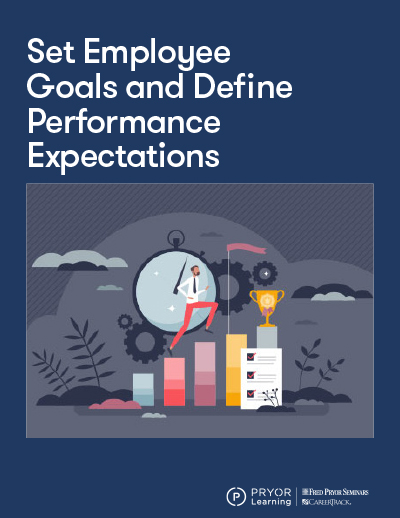The past couple of years have been challenging for employees and employers alike. The changes we faced through the pandemic and shift to hybrid work environments have introduced new ways of working and transformed how we approach human resource management. In their article, Forbes emphasizes the need for clear policies and expectations when introducing a hybrid approach to your organization, since 77% of employees prefer working remotely. It’s important to set boundaries about office attendance, hours and other expectations while maintaining a degree of flexibility for both hybrid and in-person workers.
Many employees quit or move on when they reach a point of mental exhaustion in a position or company, and burnout is high among those who stay if there is no accommodation or clear expectations. Measurements of employee performance today are quite different because of this. An employee-centric approach, or an approach that places the needs of personnel above operations, is essential to retention. Mental health, work-life balance and happiness are front-and-center to ensure your employees are productive at work as well as emotionally fulfilled.
Managers must skillfully lead employees to focus on where they perform their best, and what goals are most important for the organization. Today’s employees look for employment opportunities that are exciting yet provide both financial stability and emotional well-being. This priority shift calls for leaders to reevaluate traditional workplace practices and keep a close eye on workforce trends to create new strategies to strengthen and retain modern-day teams.
In this seminar, managers learn how to engage and motivate employees to give them a sense of ownership and accountability with shared direction through clear performance planning, ongoing performance coaching, agile performance feedback and authentic performance review and development. With these tools, managers can customize their leadership styles and goal expectations to each employee in the modern workplace environment.
